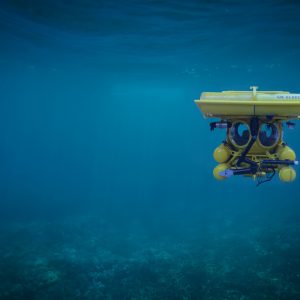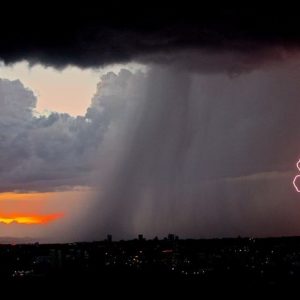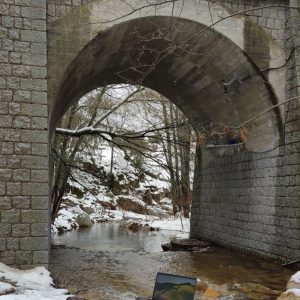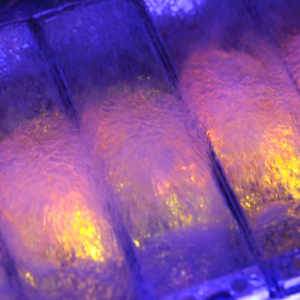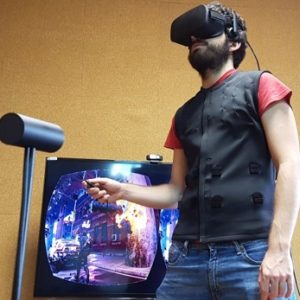Brief description of the solution and the added value it delivers
Fall detection for people living alone is one of the most pressing needs of relatives and carers. Falls are the main cause of injury and death among the elderly. Most commercial devices currently on the market must be worn by the individual. Unfortunately, older people often forget to wear them and, when that happens, they become entirely ineffective. The proposed system uses cameras installed throughout the living space, meaning it is not necessary to wear it. In the event of a fall, it sends a message to the carer or relative immediately, so that they can verify the fall and its seriousness. Tested in controlled environments. It has received the ABC Solidario 2016 Award.
Description of the technological basis
Fall detection system for individuals (particularly the elderly) who live alone, based on a low-cost artificial vision device. In the event of a fall, it automatically sends alerts (without the involvement of the individual who has fallen) to the mobiles of carers or relatives (by Telegram or email), so that care can be given quickly following the accident. The messages include a photo of the fall for verification.
Its principal advantage compared to the commercial devices currently in use (mostly wearable devices containing accelerometers), is that it does not require human intervention. Plus, it does not have to be worn, circumventing the problem of users forgetting to put it on (very common in individuals with Alzheimer’s or other degenerative diseases).
‘The user does not need to wear a device. The device is placed on the walls or ceiling of the living space.’
Business needs / application
- Falls are the main cause of injury and death among the elderly.
- Between 28 and 35% of people over the age of 65 and up to 42% of people over the age of 70 have at least one fall a year (according to the World Health Organization).
- Falls account for more than 50% of hospital admissions among the elderly and around 40% of non-natural mortality for that segment of the population (WHO).
- The response time and the accident not going unnoticed are fundamental parameters for reducing the health impact of a fall once it has occurred.
- Fall detection systems provide a psychological benefit for the elderly, as they reduce the fear of having such an accident and not receiving help. And they also allow carers to rest, knowing that, if there are no alerts, everything is fine.
- Older people (particularly those with dementia) forget to wear fall-detection and alarm-call devices.
- This calls for external solutions, such as the one we are proposing, that do not involve wearing the detection or call device. Our device is installed throughout the living space of the home or centre.
Competitive advantages
- It does not need to be worn. Commercial fall protection systems are based on (pendant-type) devices that have to be worn by the individual. The system we are proposing is installed in living spaces. It circumvents the issue of users forgetting to put their device on, as well as false alarms caused by sudden movements.
- Immediate notification in the event of a fall. The system sends a notification without any button needing to be pressed. This is not the case with other systems, which greatly depend on the user being able to press the help button on their device.
- Messages are sent with images, so that the carer can assess the seriousness of the fall.
- New notification if the user stands up from the fall. Other systems do not have that option, with the consequent inconvenience for the carer.
References
- Recognised by social care research initiatives, such as the ABC Solidario Award given by Grupo Vocento.
- Project supported by the Spanish Alzheimer’s Foundation.
Stage of development
-
Concept
-
Research
-
Lab prototype
-
Industrial prototype
-
Production
Contact
Alberto Brunete and Miguel Hernando
t: +34 914 524 900 Ext. 23405
UPM contact
Innovation and Entrepreneurship Programmes
Technological Innovation Support Centre (CAIT) – UPM




